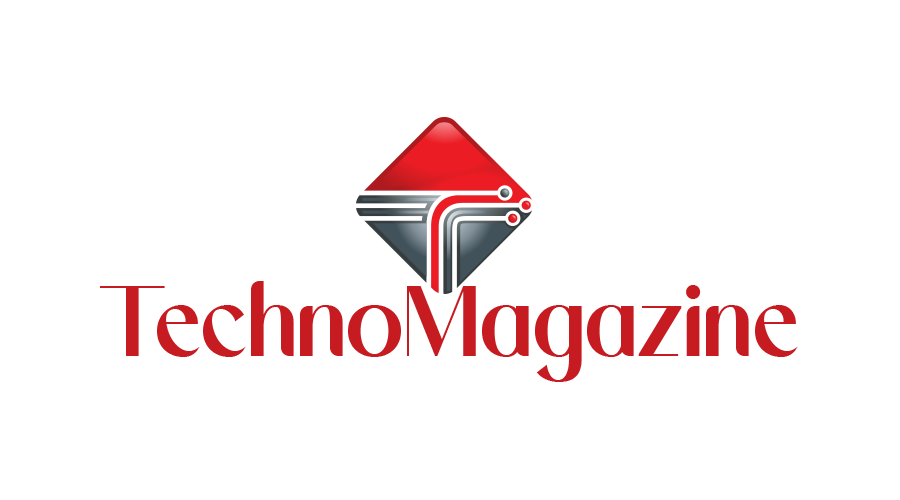In the world of banking and finance nothing stands still. The biggest change of all is in the, scope of the business of banking. Banking in its traditional from is concerned with the acceptance of deposits from the customers, the lending of surplus of deposited money to suitable customers who wish to borrow and transmission of funds. techvaluetrends Apart from traditional business, banks now a days provide a wide range of services to satisfy the financial and non financial needs of all types of customers from the smallest account holder to the largest company and in some cases of non customers. The range of services offered differs from bank to bank depending mainly on the type and size of the bank.
RESERVE BANK’S EARLY INITIATIVES
As a central bank in a developing country, the Reserve Bank of India (RBI) has adopted development of the banking and financial market as one of its prime objectives. “Institutional development” was the hallmark of this approach from 1950s to 1970s. In the 1980s, the Reserve Bank focused on “improvements in the productivity” of the banking sector. TechnoMagazine Being convinced that technology is the key for improving in productivity, the Reserve Bank took several initiatives to popularize usage of technology by banks in India.
Periodically, almost once in five years since the early 1980s, the Reserve Bank appointed committees and working Groups to deliberate on and recommend the appropriate use of technology by banks give the circumstances and the need. These committees are as follows:
Based on the recommendations of these committees and working groups, the Reserve Bank issued suitable guidelines for the banks. In the 1980s, usage of technology for the back office operations of the banks predominated the scene. It was in the form of accounting of transactions and collection of MIS. In the inter-bank payment systems, it was in the form of clearing and settlement using the MICR technology.
Two momentous decisions of the Reserve Bank in the 1990s changed the scenario for ever there are:
- a) The prescription of compulsory usage of technology in full measure by the new private sector banks as a precondition of the license and
- b) The establishment of an exclusive research institute for banking technology institute for development and Research in Banking Technology.
As the new private sector banks came on the scene as technology-savvy banks and offered several innovative products at the front office for the customers based on technology, the demonstration effect caught on the reset of the banks.GadgetsMonk Multi channel offerings like machine based (ATMs and pc-Banking), card based (credit/Debit/Smart cards), Communication based (Tele-Banking and Internet Banking) ushered in Anytime and Anywhere Banking by the banks in India. The IDRBT has been instrumental in establishing a safe and secure, state of the art communication backbone in the from of the Indian Financial NETwork (INFINET) as a closed user group exclusively for the banking and financial sector in India.
CHANGING FACE OF BANKING SERVICES
Liberalization brought several changes to Indian service industry. Probably Indian banking industry learnt a tremendous lesson. Pre-liberalization, all we did at a bank was deposit and withdraw money. Service standards were pathetic, but all we could do was grin and bear it. Post-liberalization, the tables have turned. It’s a consumer oriented market there.
Technology is revolutionizing every field of human endeavor and activity. One of them is introduction of information technology into capital market.techitree The internet banking is changing the banking industry and is having the major effects on banking relationship. Web is more important for retail financial services than for many other industries.
Retail banking in India is maturing with time, several products, which further could be customized. Most happening sector is housing loan, which is witnessing a cut-throat competition. The home loans are very popular as they help you to realize your most cherished dream. Interest rates are coming down and market has seen some innovative products as well. Other retail banking products are personal loan, education loan and vehicles loan. Almost every bank and financial institution is offering these products, but it is essential to understand the different aspects of these loan products, which are not mentioned in their colored advertisements.

